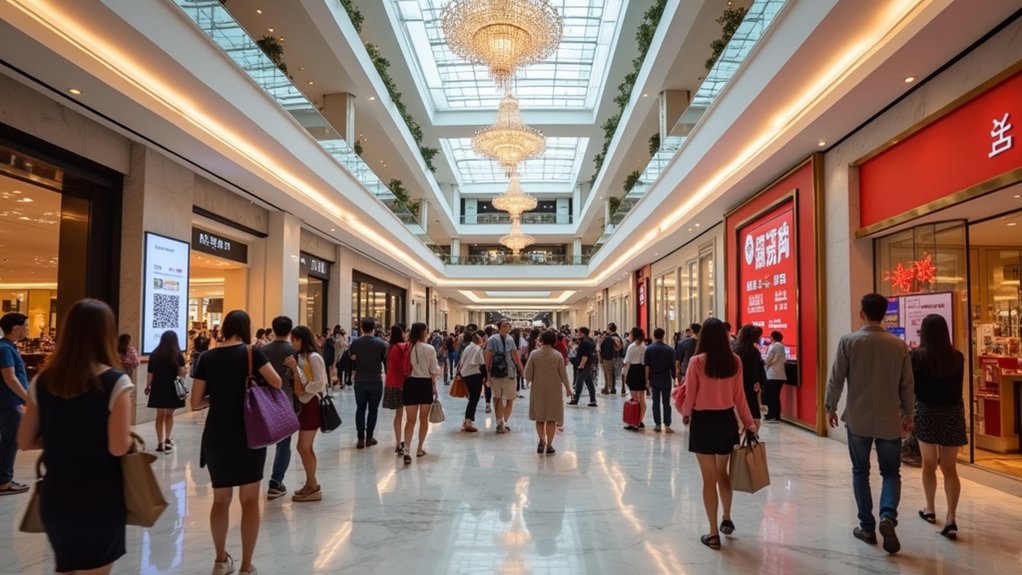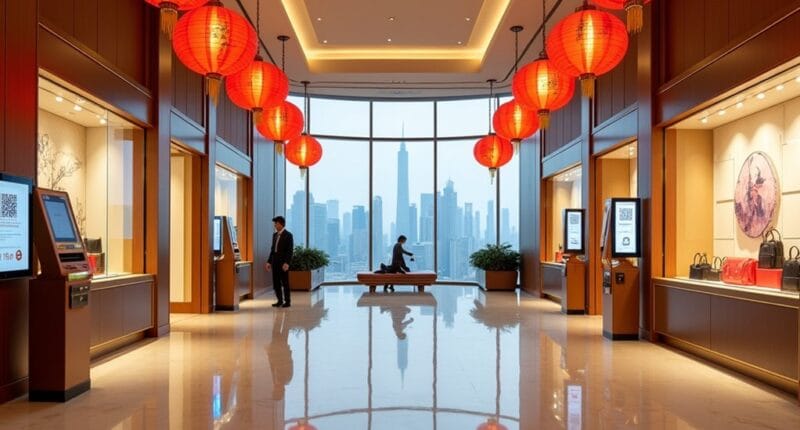China’s tax refund system is getting a major overhaul in April 2025. Gone are the days of rushing to airport counters with stacks of receipts. Tourists can now snag instant refunds right at the register, as long as they spend over 200 yuan at designated shops. The new system offers an 80% VAT refund and raises cash limits to 20,000 yuan. Early testing in Shanghai and Beijing hints at the lucrative potential ahead.

While China has long been known for its bustling retail scene, foreign tourists can finally stop sweating over complicated tax refund processes.
In a game-changing move, China has ditched its old refund-upon-departure model for an instant refund-at-purchase system starting April 8, 2025.
No more rushing to airport counters or dealing with mind-numbing paperwork.
The new policy, first tested in major hubs like Shanghai and Beijing, is remarkably straightforward.
Tested in Shanghai and Beijing, China’s simplified tax refund policy cuts through red tape like a hot knife through butter.
Spend more than 200 yuan (that’s about $28 – the price of a decent lunch) at designated tax-free shops, and boom – instant refund.
The best part? Tourists can immediately reinvest those refunds into more shopping.
Talk about smart economics.
Last year’s impressive sales revenue increased 120% year-over-year, proving the policy’s effectiveness.
Tourists can expect around 80% refund rate on their VAT payments, making shopping significantly more attractive.
China isn’t playing small either.
They’ve raised the cash refund limit to a whopping 20,000 yuan and expanded payment options to include everything from mobile payments to good old-fashioned cash.
The country’s State Taxation Administration seems determined to make shopping as painless as possible for international visitors.
This policy shift demonstrates China’s understanding of business cycles and their impact on consumer spending patterns.
The retail landscape is getting a major facelift too.
Tax-free shops are popping up everywhere – from swanky shopping districts to tourist hotspots and even hotels.
They’re not just selling the usual suspects either.
Traditional Chinese brands, smart devices, and even intangible cultural heritage items are now part of the tax-free shopping spree.
Behind all this convenience lies a calculated economic strategy.
China’s clearly trying to position itself as a shopping paradise for international visitors.
The timing isn’t coincidental either – amid global trade tensions, China’s making it irresistibly easy for tourists to open their wallets.
The message is clear: China wants tourists to spend more time (and money) shopping and less time dealing with bureaucratic hassles.
With refunds now as quick as ordering takeout, it’s hard to imagine this won’t boost tourism spending.
After all, who doesn’t love instant gratification when it comes to saving money?





